The small details of the plant world often make me wish I’d become a botanist. In my day, if they were ‘going on’ after high school, girls did nursing or teaching — to tide them over until they got married.
I have been unable to decide whether, had I been born later, I’d have studied botany or industrial design. I see similarities between the two – functionality and beauty.
The young indigenous Native Frangipani trees (Hymenosporum flavum) that I have raised and planted are themselves seeding now. A new generation. The pods look like green four-lobed fruit until they brown, split in two, and fan out their channels of round, rimmed seeds like decks of cards, or stacks of coins.
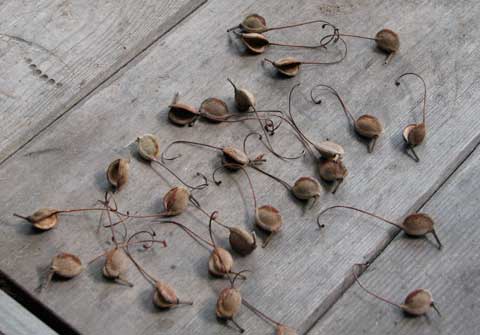
These delicate and quaint beauties made me think of Leunig’s Mr Curly cartoons, of swans, of shy creatures unknown.
I couldn’t draw a more exquisitely curving line than they each have. The seed pods are woody but feather-light, carrying one black seed each in a shapely niche.
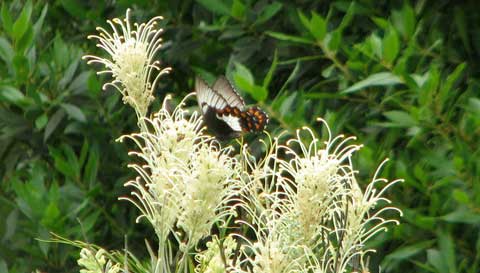
The shrub they are from, a hakea, is not indigenous and to my shame I have forgotten what it is called, but it had creamy fountains of flowers and the butterflies loved it.
I usually note down everything I plant, so if someone can please enlighten me, I will remedy that omission!
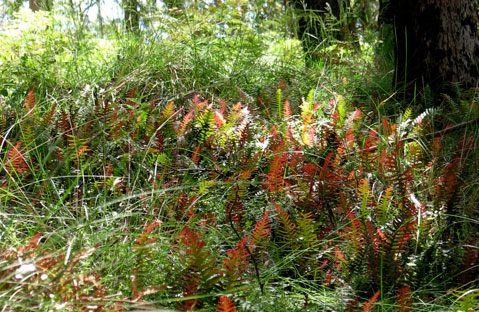
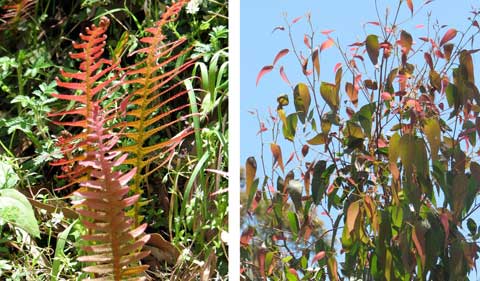

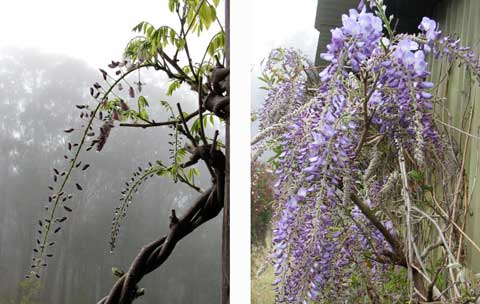


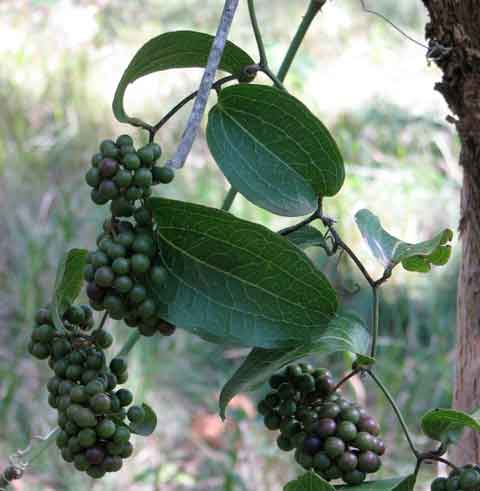
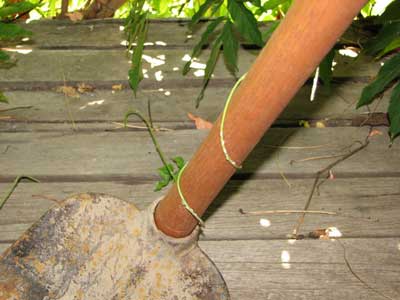
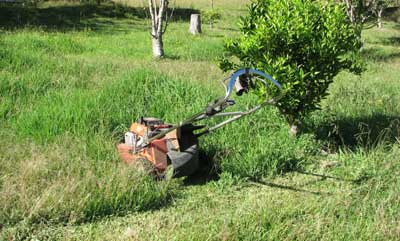
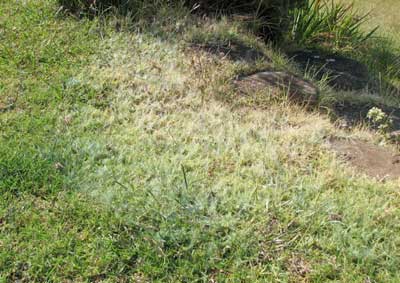
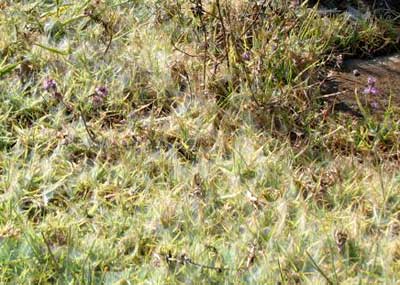

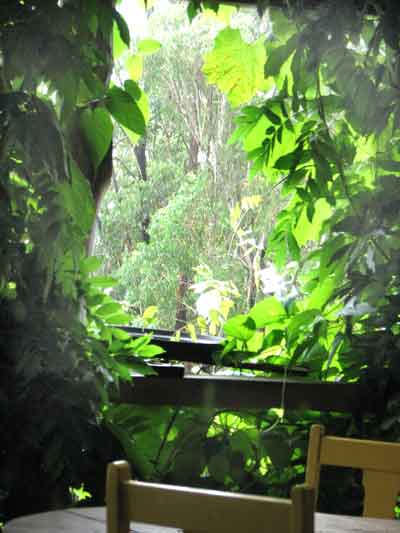

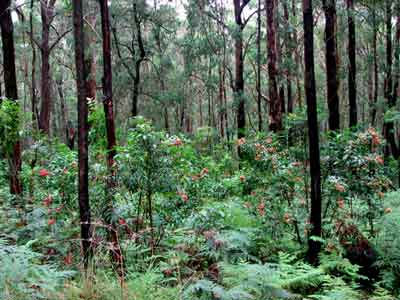
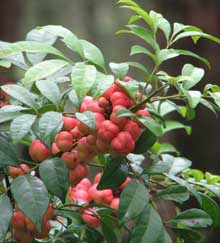
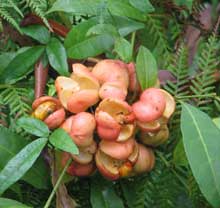 My forest does not have much understorey but in the damper dips and gullies there are always pockets of a small tree—scentless rosewood, Synoum glandulosum.
My forest does not have much understorey but in the damper dips and gullies there are always pockets of a small tree—scentless rosewood, Synoum glandulosum.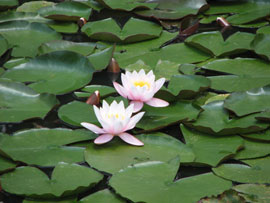
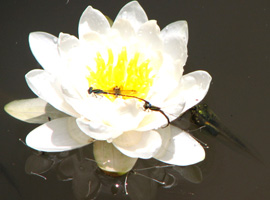
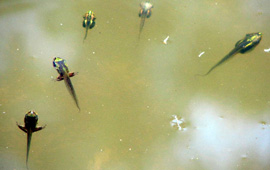


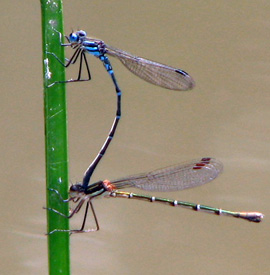 On my small dam the waterlilies are blooming, their large circular leaves so abundant that they are overlapping, curling up at their edges.
On my small dam the waterlilies are blooming, their large circular leaves so abundant that they are overlapping, curling up at their edges.